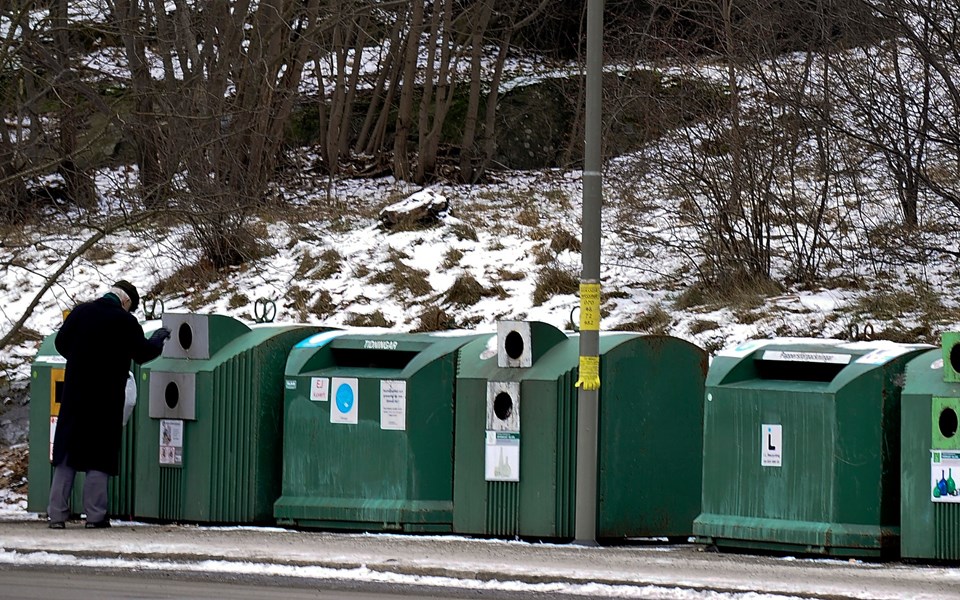Food waste
One of the most important things you can do for the environment is to take care of the food you already have. But what about the food waste that is unavoidable? Turn it into biogas and biofertilizers.
35 percent of what goes into the garbage can is food waste. If the potato peels and the leftover foods go into a separate food waste container it can be transformed into biogas and biofertilizers and contribute better to the ecocycle.
Today we sort out 25 percent of our food waste in Stockholm. There are reasons why the number isn´t higher – one of them is the infrastructure of Stockholm. Many buildings are poorly equipped for recycling, and the majority of the houses in central Stockholm have their garbage collected in bags.
Soon everyone will be sorting out their food waste
Starting January 1 2023, all households in Stockholm must dispose of their food waste separately.
To enable more households living in apartments to sort out their food waste, Stockholm Vatten och Avfall is building a sorting plant in Högdalen. The plant is estimated to be running the winter of 2022/2023.


